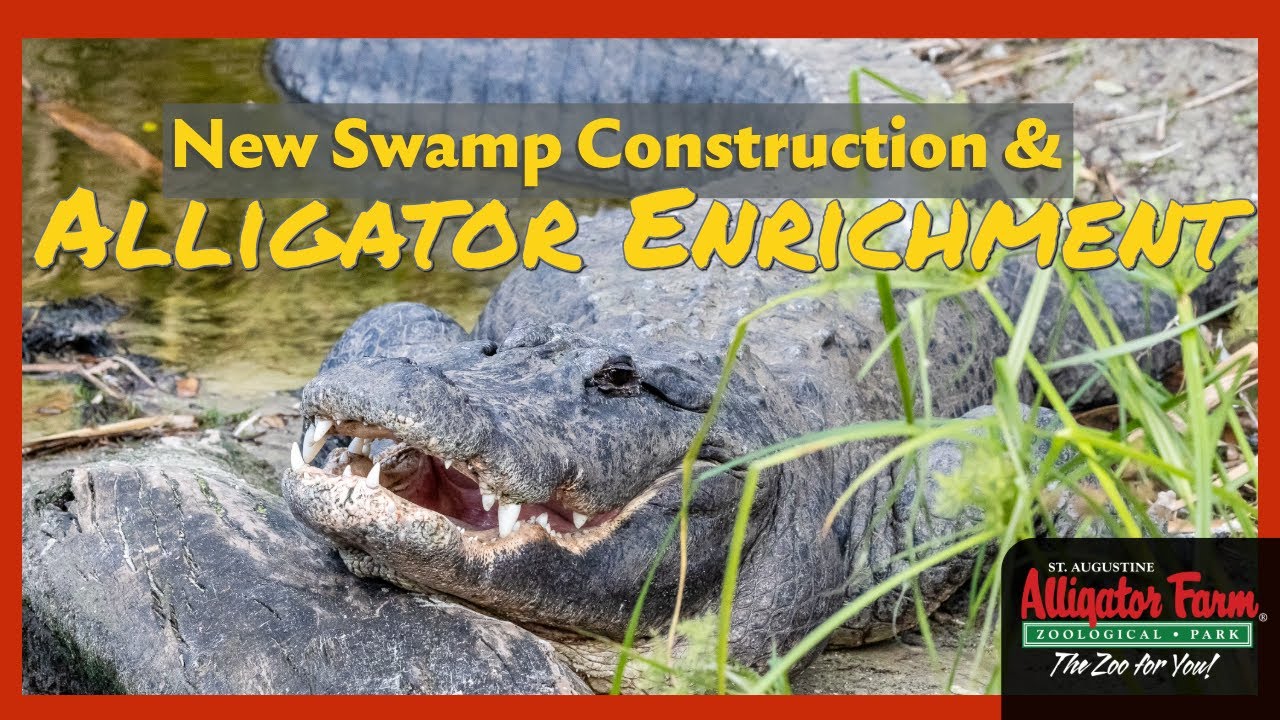- Understanding the ecological role and habitat requirements of alligators in construction zones.
- Strategies for safe and ethical construction practices in alligator-inhabited areas.
- Wildlife management and conservation considerations during construction projects.
- Impact of construction activities on alligator populations and mitigation measures.
- Case studies highlighting successful construction projects in alligator-populated regions.
Undertaking construction endeavors within areas hosting significant populations of alligators demands a profound understanding of these apex predators and their habitat requirements. Alligators, scientifically known as Alligator mississippiensis, are primarily found in freshwater environments such as ponds, marshes, and rivers across the southeastern United States. Recognizing the ecological role of these reptiles is crucial, as they significantly influence the biodiversity and health of wetland ecosystems.
Alligators are known as ‘keystone species’ due to their vital role in shaping their environment. They create ‘gator holes’, which are depressions that retain water during dry periods, providing habitat for fish, turtles, and other aquatic life, thus supporting biodiversity. When construction intersects with the territories of such crucial species, the responsibility not only falls on respecting the animal population but also preserving the health of the entire ecosystem. Planners and engineers must consider the seasonal behaviors and life cycles of alligators, as these are pivotal in determining the timing and methods of construction activities.
Safe and ethical construction in areas home to alligators calls for strategic planning that adheres to wildlife conservation standards. Projects should commence with a comprehensive ecological survey conducted by experienced wildlife biologists to identify alligator nests, burrows, and frequent passages. Implementing buffer zones around critical habitats can mitigate direct human-alligator encounters. These zones act as protective barriers, allowing wildlife to thrive with minimal human interference.
Moreover, clear communication channels among construction personnel are vital for maintaining a safe working environment. Training workers to recognize and react calmly to alligator encounters reduces the potential for panic-induced incidents. Utilizing non-intrusive techniques like noise machines or exclusion fences can guide alligators away from risky zones without causing them harm.
Conservation is an essential aspect of planning any construction project that involves modifying a natural habitat. Wildlife experts typically assess the potential impacts of construction on alligator populations, taking into account displacement, loss of habitat, or changes in water quality and hydrology, which are paramount to the survival of these reptiles. Environmental management plans must comply with federal, state, and local regulations that protect alligator habitats, such as the Endangered Species Act and the National Environmental Policy Act.
Balancing economic development with wildlife conservation is nuanced and often includes implementing mitigation measures to prevent detrimental effects on alligator populations. This may involve creating new wetlands or enhancing existing ones to provide alternative habitats for displaced animals. Construction schedules should be adapted to avoid critical periods such as nesting seasons, ensuring that projects do not disrupt reproductive cycles.
Examining practical examples can provide valuable insights into conducting construction projects successfully within alligator habitats. A relevant case study is the Everglades Restoration Project in Florida. This comprehensive initiative demonstrated that through meticulous planning, collaboration with wildlife experts, and community engagement, it is possible to protect alligator populations while carrying out large-scale environmental initiatives. The project underscored the importance of continuous monitoring through every phase of construction, using adaptive management techniques to address unforeseen challenges.
Another noteworthy example lies within the redevelopment of the Greater Tampa area, where developers adopted innovative measures to safeguard alligator habitats amidst urban expansion. Enhancements to stormwater drainage systems, which support natural water flow patterns, were instrumental in preserving the essential wetland ecosystems alligators depend on.
Documenting and sharing these examples provides valuable lessons for future projects interacting with significant alligator populations. They highlight the necessity of fostering a culture of respect and cohabitation between human ingenuity and wildlife preservation.
In summary, performing construction in areas with considerable alligator populations requires thoughtful engagement with ecological science, conservation principles, and proactive management strategies. By addressing these aspects with diligence and sensitivity, successful outcomes that respect both human ambitions and the natural world can be achieved. Such efforts ensure the protection and coexistence of alligators while advancing societal progress, paving the path for sustainable development.
*****
Source Description
Maintaining the Native Bird Rookery and Swamp is a big job, and requires going in with hundreds of American Alligators. Every year or so, we drain the swamp to build the dirt banks back up and to perform maintenance on the boardwalk. The alligators enjoy the new mounds because it changes their environment and their perspective on our guests.
Plan your visit on our website: alligatorfarm.com
Video by Mungo Fizz Productions.


